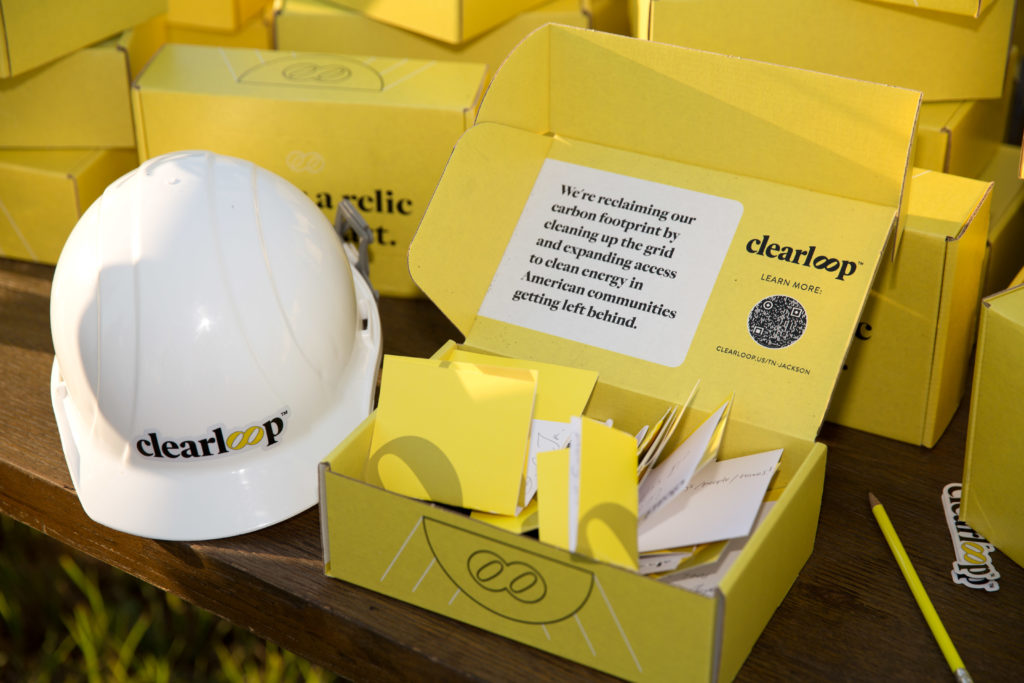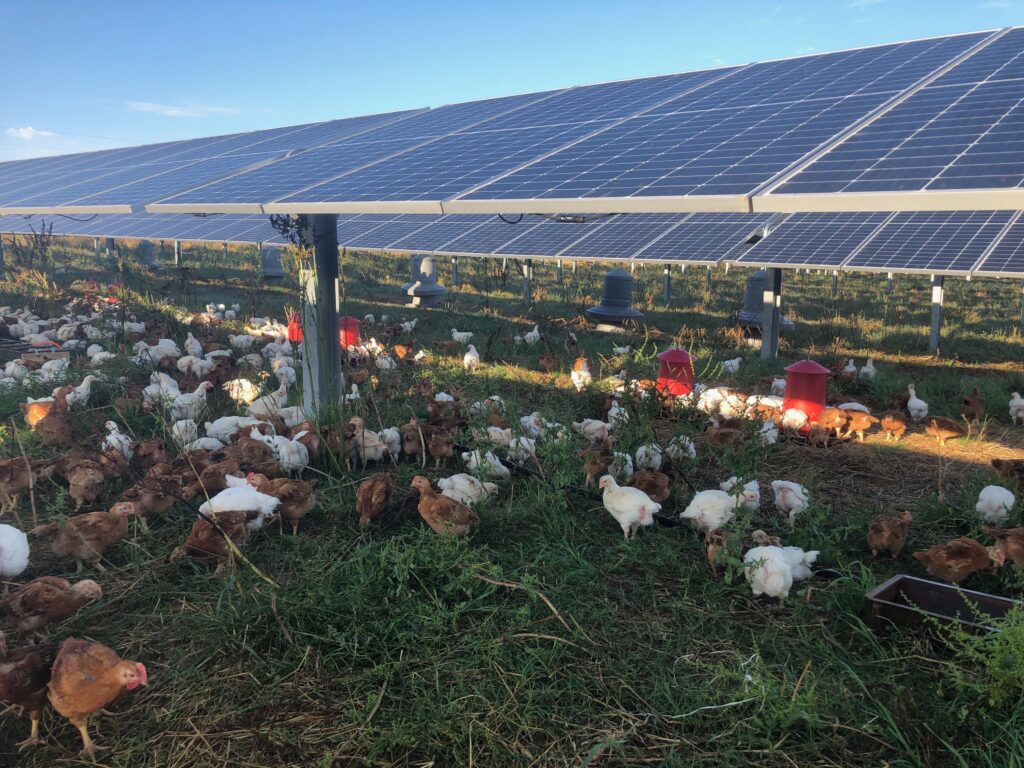It’s time to spring into action! And what better time to focus on climate change and helping our planet thrive than during Earth Month itself. With daylight savings already in full swing we couldn’t be more excited for the sunny months to come. More sun = more solar energy generated, but how exactly do solar panels benefit the well-being of our planet? There’s more to that answer than just providing us with an excellent source of renewable energy! In this blog we will cover why it’s so important for companies to spring into action by cleaning up our grid.
Our Power Sector is Creating a Big Carbon Footprint
The U.S. Energy Information Administration has predicted that “energy-related carbon dioxide (CO2) emissions will increase in both 2022 and 2023 but remain below 2019 levels” in the U.S. alone. During 2021, we saw CO2 emissions rise by 6%, and the EIA expects it to increase by at least another 2% this year. Ember Climate states that due to the demand growth rebound, we are currently experiencing “a record rise in coal power and emissions” worldwide. Right now the way we make electricity is fully reliant on fossil fuels, which creates a significant carbon footprint. According to the EIA, fossil fuels accounted for 60.8% of the total electricity production in the U.S. during 2021. Renewable energy totaled 20.1% of energy generation, with solar only making up 2.3% of this mix.
We can clean up our grid by building more solar in the places most reliant on powering through fossil fuels. Of course, the amount of carbon that gets pushed into the U.S. grid every time we turn on our lights is different depending on where you live. For example, turning on something as simple as a light switch has a more drastic impact in Jackson, TN than in other parts of the country. In Jackson, 1038.60 lbs. of CO2 are currently emitted per megawatt Hour (MWh) of electricity generated. Compare that to California, where the exact same activity releases 786 lbs of CO2 per MWh.
Our partners at WattTime use a quantitative measurement that compares the impact renewable energy projects have on driving down emissions by taking into consideration the grid makeup of where the project is built called “emissionality”. By expanding access to clean energy, we are narrowing this disparity across the country, one community at a time.
Air Quality Suffers As a Result
One of the major advantages of solar is that it does not produce any air pollutants or greenhouse gases (GHG). In fact, it can be used to replace our primary sources of energy, such as fossil fuels, which made up the majority of electricity production in 2021.
The Environmental Protection Agency (EPA) did a study in 2019 (depicted below) that showed CO2 made up 81% of U.S. GHG emissions. In case you need a refresher, CO2 “mainly [comes] from burning fossil fuels — coal, oil and natural gas. Those fuels are used for everything from powering vehicles and generating electricity to manufacturing industrial chemicals”. Like other GHGs, CO2 contributes to the growing climate change crisis across the globe. On the bright side, solar has proven to be more than capable of being an environmentally friendly alternative that can help us change the tides if we increase solar capacity and other renewable energy projects worldwide.
These CO2 emissions create increased risk of developing the following health issues identified by the American Lung Association: “Asthma attacks, heart attacks, strokes, respiratory and cardiovascular harm, reproductive harm, lung cancer, and early death. Some groups are particularly at risk—including children, older adults, communities of color, and those with existing health issues”. While plants and trees do absorb CO2, they can only do so much when the concentrations are high, especially in the winter months when most trees and plants can no longer negate these emissions. By taking advantage of solar’s lack of air pollutants, we can help decrease yearly GHG emissions and improve air quality at the same time. That’s a win-win for us and the planet!
We Can Make Solar Do More
Silicon Ranch designed a practice called Regenerative Energy that transforms how we look at larger solar projects. This practice is a “transformative, outcome-driven program that co-locates clean electricity generation and regenerative agriculture to manage vegetation, restore ecosystems and biodiversity, sequester carbon, and improve water quality, while keeping land in agricultural production”.
Usually, solar farms are located on land not intended for agricultural use in order to have the smallest possible impact on the surrounding environment. However, this new approach allows seemingly endless possibilities for where future solar projects can be placed, especially with the added economic value it provides ranchers. Due to the versatility Regenerative Energy offers, it is already being utilized in “fifteen different ecoregions comprising a variety of ecosystems, climates, soils, and terrains”. Each project goes through a process that results in a custom design, construction plan, and land management approach for each location’s unique needs that help make solar do more.
“When land and vegetation are managed properly, and in alignment with natural systems, we can revitalize soils, restore grassland ecosystems, increase biodiversity, sequester carbon, and improve water quality, all while keeping the land in agricultural production.”
-Silicon Ranch-
Ready to Spring into Action?
The Intergovernmental Panel on Climate Change warns that “[w]ithout immediate and deep emissions reductions across all sectors, limiting global warming to 1.5°C is beyond reach”. “The evidence is clear: the time for action is now. We can halve emissions by 2030.” With solar being the number one thing we can build to mitigate GHGs at scale, it’s time to double down on our efforts. By partnering with us, your company can help reduce our power sector’s carbon footprint, improve air quality, and make solar do more. Because at Clearloop, we believe in sunnier days ahead!
Want to learn more about how your company can reclaim your carbon footprint and expand access to clean energy with Clearloop? Drop us a note at hello@clearloop.us or set up a meeting.








